How to practice like a pro in 8 steps
They say that practice makes perfect – but the right practice routine makes all the difference! If you know how to practice well, you’ll see great results in no time – no matter which instrument you play. In this article, we look at some successful practice strategies used by the pros and share some tips on how to improve your daily practice routine. Learn how to practice like a pro in eight steps!
Note: This article was originally published in German on bonedo.de.
Personally, I don’t believe in talent. I’ve always thought that it’s an overly simplified concept used mostly for positioning oneself. For example, the statement “I just don’t have a talent for music” is often used as an excuse for not having to concern oneself with music at all. But if it isn’t talent, what sets professionals apart from amateurs? Why do professional players master complex pieces with ease, while many amateurs constantly struggle to find the right keys and simply cannot remember what an e-minor chord looks like in notation? That’s the underlying question for this article. It’s absolutely possible to learn an instrument at any age. If you stick to certain strategies, you can make impressive progress in no time. This article provides some tips to help you find a practice routine that works for you.
As a piano teacher, I’ve been in this situation more times than I can count. A student shows up for a lesson and while I can hear that he or she does practice at home, things keep going wrong. They simply cannot perform at the highest of their ability during the lesson. Do they practice too little? Is a lack of concentration the culprit, or maybe a lack of talent after all? I’ve seen it again and again. As soon as the first problems arise during the piece, we’ll stop and take a closer look at the section in question. Let’s get to the bottom of it.
Practice is the act of rehearsing a behavior repeatedly, to help learn and eventually master a skill. The word derives from the Greek “πρακτική” (praktike), feminine of “πρακτικός” (praktikos), “fit for or concerned with action, practical”, and […] from the verb “πράσσω” (prasso), “to achieve, bring about, effect, accomplish”. [Source: Wikipedia]
Learn to practice well
Many students confuse understanding with ability. Here’s an example. Let’s pretend you’ve never driven a car and I explain to you on the couch how it’s done. Chances are that you’ll understand everything I say – but that doesn’t mean that you can now drive! While you’ve understood how it works, you still can’t do it, because you lack the practical skill.
Repetition is the key to building skills. The first time you try to drive a stick shift, you’ll probably stall the car like most of us. If a baker explains to you how to bake a cake, that doesn’t mean that your first attempt will turn out delicious. In order to become good at it, you have to bake many cakes.
That’s the reason why I keep hearing the most entertaining renditions of pieces, which have little to do with the sheet music. And that’s where the mistake lies: Understanding is confused with ability. Needless to say, the first step is to grasp and understand the sheet music, but that isn’t enough to be able to play the piece. In order to do this, it’s important to build the actual skill and develop muscle memory.
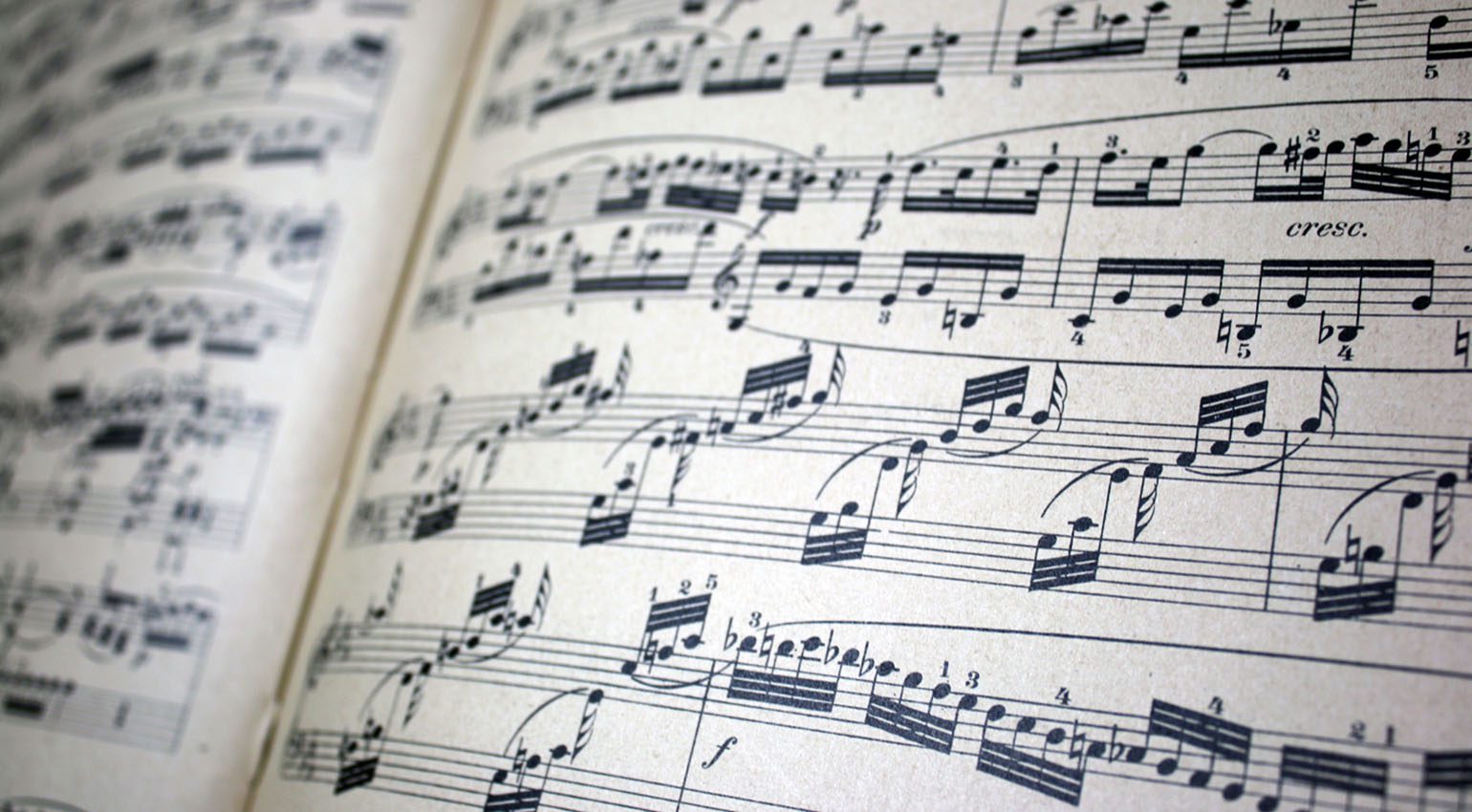
You can learn complex pieces by breaking them up into small sections · Source: Jens Hendreich / Bonedo
Why good practicing pays off
If you’ve been playing for a while, you’re probably familiar with the phenomenon that can occur when you practiced a piece thoroughly several years ago but haven’t played it since. Nonetheless, you can likely still play it. It’s like your hands move by themselves; they’ve memorized the motions. And that’s the key to success.
I often ask my students to show me how they practice at home. If a student struggles to make progress, there’s a good chance that he or she spends only four minutes out of every ten minutes of practice time playing. The rest of the time, they study the sheet music and ask themselves what they’re doing wrong. When I take over and guide the student, at least nine and a half out of ten minutes are spent playing. I constantly assign them new tasks and they’re playing continuously. And ten minutes later, they get through the section in question (or maybe even the whole page) without any issues.
Show your hands what to do
After you’ve read and understood the piece you’re practicing, all you need to do is show your hands what to do – for as long as it takes for them to learn. When you’re done, you’ve developed muscle memory. And that’s what practice is all about. Once you’ve completed it, you’ll no longer have to stop to think and you’ll no longer make mistakes. It works exactly like other motions we practice extensively, like cycling or swimming.
That’s the road to success. I see the effectiveness of this practice method again and again. Even students who’ve been taking lessons with me for a while sometimes struggle with this system at first, because they’ve never practiced like this before. It takes a lot of concentration and discipline; you need to listen to yourself continuously. But all things considered, you can save yourself a lot of time and effort. For example, you’ll no longer have to spend time correcting mistakes that have become habits. Students who practice like this from the beginning tend to make fantastic progress very quickly. I have a student who began taking lessons with me only about a year ago – now he’s already playing Chopin’s Nocturne op. 72 No. 1!
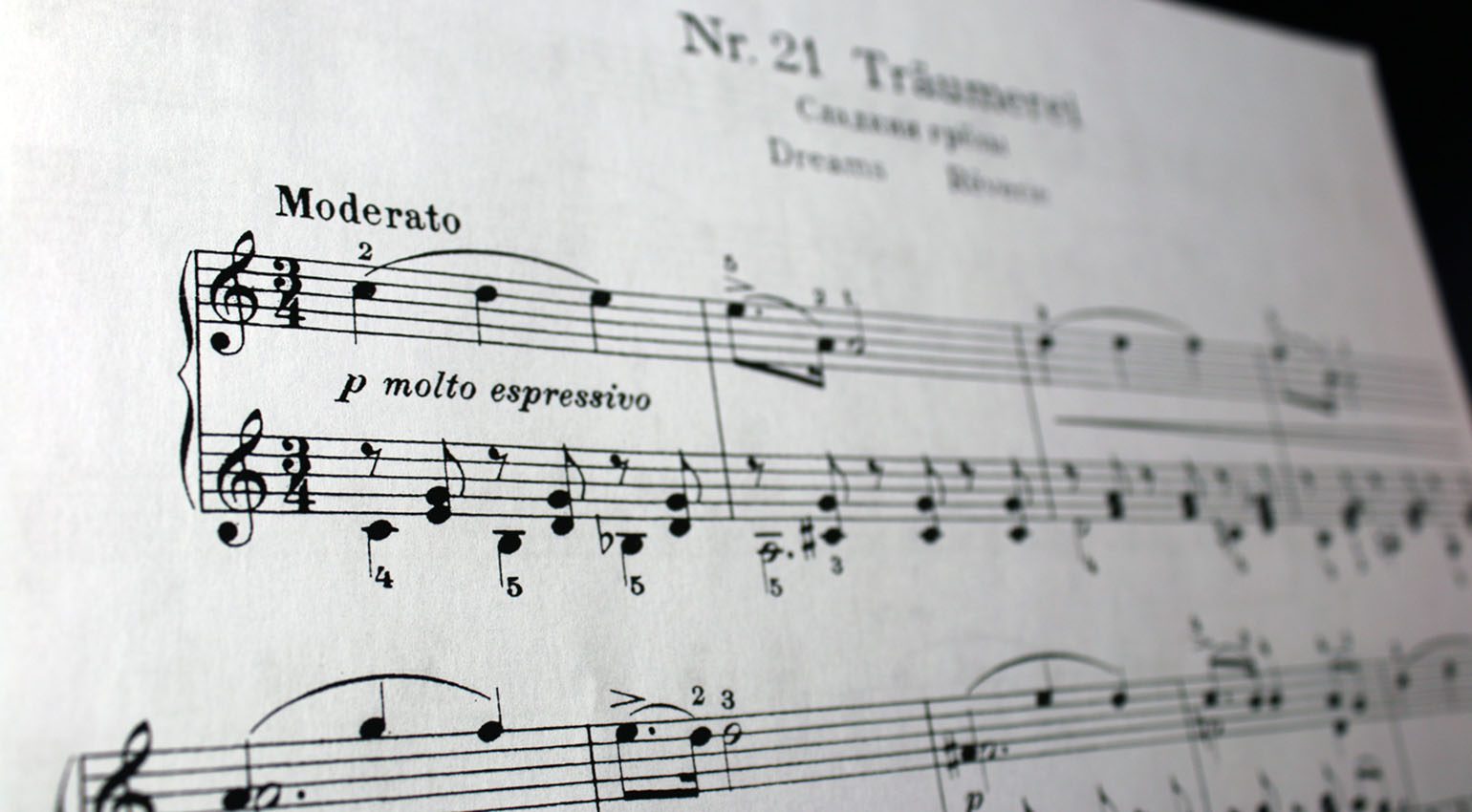
With the right practice strategy, you’ll play wonderful pieces in to time! · Source: Jens Hendreich / Bonedo
8 tips for successful practicing
1. Practice difficult sections in a slow tempo
When you’re showing your hands what to do, do it like you’re teaching your grandma to use her new phone. Start very slowly and repeat it over and over again, until she gets the idea. At the same time, try to stay patient and don’t give your hands false information. Every mistake you make while practicing is “fake news” and your hands can memorize it subconsciously. Nearly all students practice much too fast and try to get through the whole piece by all means (that’s playing, not practicing!), and then ask themselves why they keep making mistakes.
Remember: When you’re practicing, you’re the teacher and student at the same time. If you don’t understand something, you either haven’t explained it to yourself correctly, or you haven’t taken the time to really internalize it. If you move along too quickly, you create stress. Stress suggests to the brain that you’re in danger, which can really get in the way of making progress. In addition, a faster tempo inevitably leads to mistakes, which are easy to get used to. Always demand less from yourself than you’re comfortable with in the beginning! Use a metronome and choose a tempo slow enough that you know in advance that you’ll get through the part without making mistakes. That can be extremely slow at times! Pick a tempo that lets you think about every note before playing it. If you make mistakes, that means you’re going too fast. A handball coach can’t throw his student the ball in slow motion. But while practicing, you can! Make good use of this privilege.

Choose a tempo that allows you to think about each note before you play it. · Source: Jens Hendreich / Bonedo
2. Vary the tempo
Once you can get through a difficult section in a slow tempo without making any mistakes, increase the tempo up to a point where mistakes start to occur. Then, reduce the tempo and increase it again, until you reach your limit again. Keep repeating this until you can play the section in the desired tempo. There’s a chance you’ll soon discover that you can now play it even faster than you intended. That’s a sign that you’ve practiced well!
3. Check your fingerings
The correct fingering is essential to playing comfortably and error-free. While the keyboard is comprised of many keys, you only have five fingers on each hand. That’s why it’s important to try different fingerings for certain passages and make note of them in the sheet music. At first, your teacher will assist you in finding the best fingerings. As you become more experienced, you’ll learn to find them yourself.
4. Check yourself
Always stay attentive while practicing. As yourself: Do I play everything the way it’s written? Can I play this section yet? Can I also play it at twice the speed? Are my fingerings correct? You should always aim for a state where what you’re currently practicing seems easy. Perhaps you can even think of something completely different and still play through a section without making any mistakes. Then you’ve really mastered this part and it’s time to move on.
5. Find new starting points in the music
Don’t always start playing in the same places. Bricks are laid in a staggered pattern to improve the stability of the wall. If you practice the first four bars and then move on to the next four, chances are that you’ll run into problems at the transition. Change things around and start in different places in the music. That way, you’ll also get to know the piece better and you’ll be able to start anywhere if it becomes necessary during a performance.
6. Practice pitches and rhythms separately
In the beginning, always look at the pitches and the rhythm separately. For many beginners, learning the rhythm is the most difficult part. Tap it with your hand until you’re comfortable with it. Start out with one hand, then bring in the other. If you can’t tap the rhythm with both hands without making any mistakes, you won’t be able to play the piece. The second step is to play just the pitches, without any rhythm. When you’ve mastered both, it’s time to put them together.
7. Practice the left and right hand separately
Never try to play everything at once when you begin learning a new piece. Start with the basics: Tap the rhythm, play the pitches without a rhythm, then put them together. Practice both hands separately and split up the melody and the accompaniment. When you’ve done all that and start to piece everything together, you won’t have any problems. This helps to avoid mistakes and you’ll learn the piece much quicker this way.
- Practice both hands individually … · Source: Jens Hendreich / Bonedo
- … and then together. · Source: Jens Hendreich / Bonedo
8. Look at the music
Don’t look at your hands while practicing. Besides distracting you, this prevents your hands from building muscle memory and finding their own way. You can of course use your eyes to help with larger jumps, but then again, many impressive performances by blind pianists prove that it isn’t absolutely necessary.
If you practice correctly, you’ll notice that you’ll improve rapidly. Even after just ten minutes of practicing, you should be able to feel an improvement. Needless to say, that makes practicing a whole lot more fun! If you find that you’re not improving, it’s time to reevaluate your practice strategy.
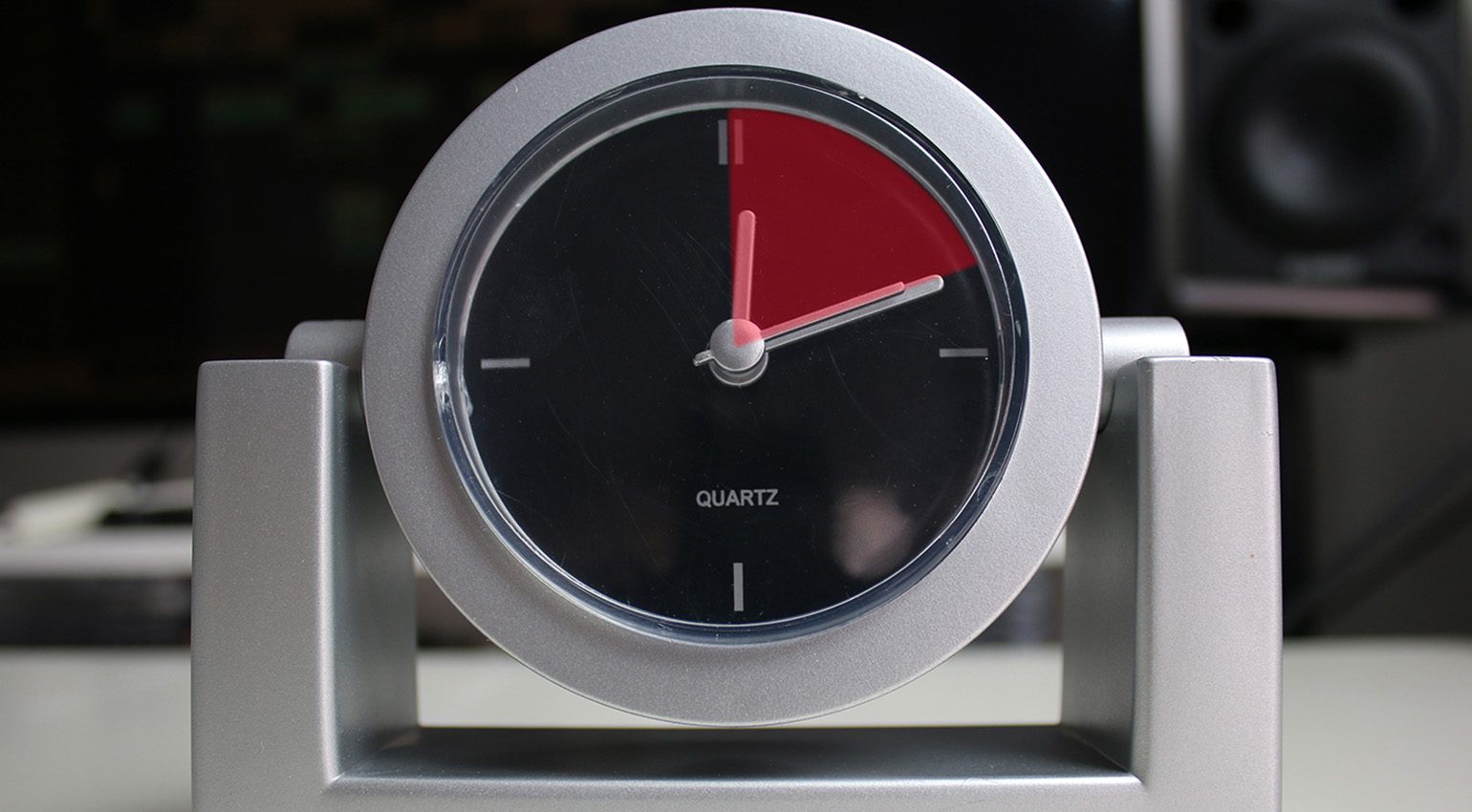
With the right practice strategy, even 10 minutes per day can deliver great results. · Source: Jens Hendreich / Bonedo
Conclusion
No one is born a master. But if you approach practicing with discipline and commitment, you’ll be able to reap the results very soon. It takes some time to become a great player, and it doesn’t happen overnight. But practicing can be great fun, especially when you’re making progress that’s noticeable – and audible!
More tips on how to practice
Many good books have been written about the topic of practicing. Online courses can also be a great way to expand your horizon (even alongside regular lessons) or to experiment with a new instrument. Here are some tips*:

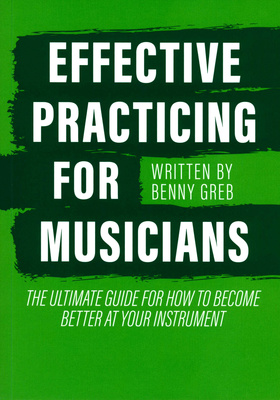

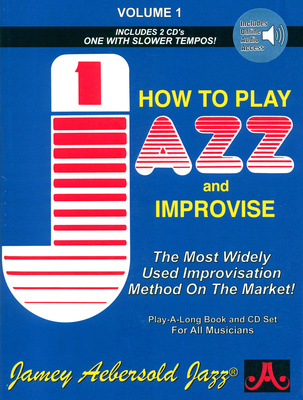

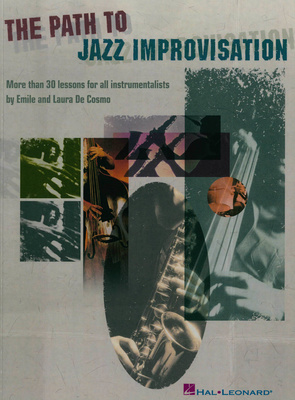

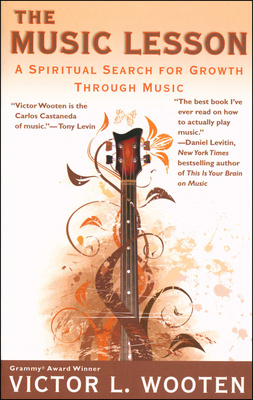

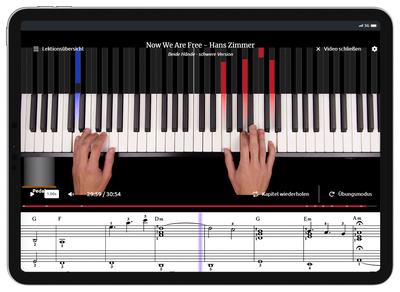

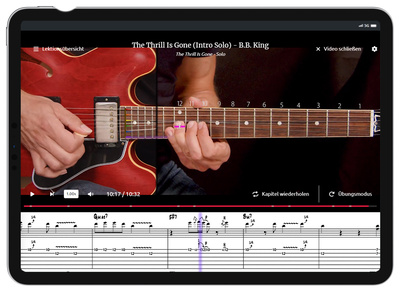

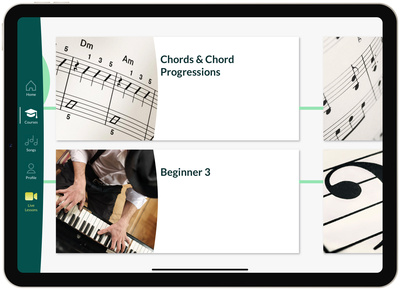
More information
* This post contains affiliate links and/or widgets. When you buy a product via our affiliate partner, we receive a small commission that helps support what we do. Don’t worry, you pay the same price. Thanks for your support!
One response to “How to practice like a pro in 8 steps”

 4,6 / 5,0 |
4,6 / 5,0 | 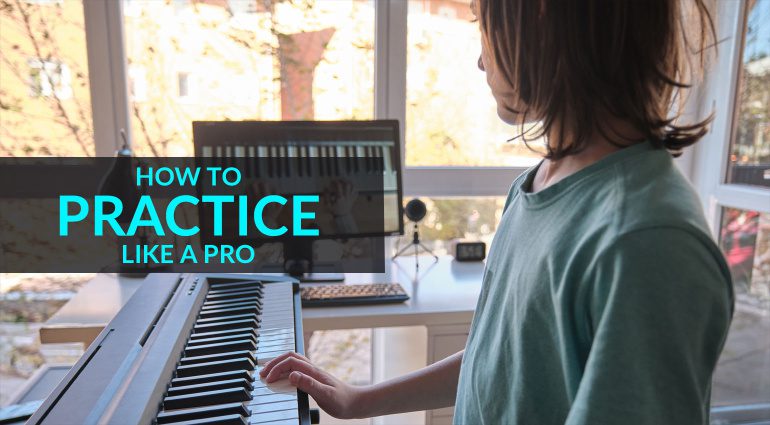

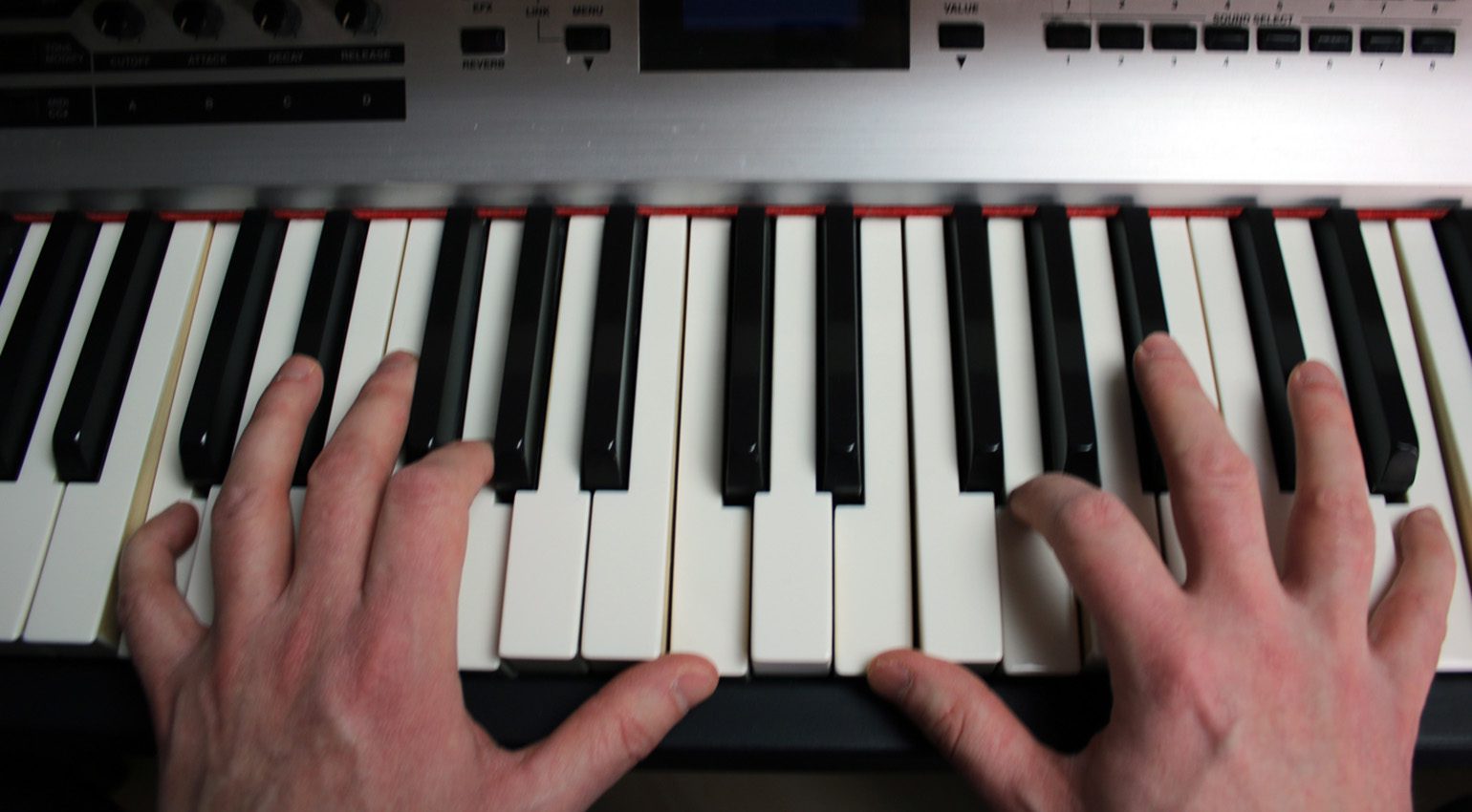


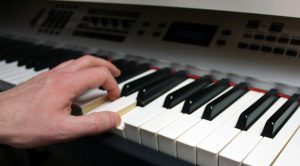




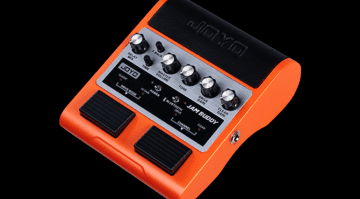



relying on muscle memory is a great way to get stuck in a rut. don’t do it kids!